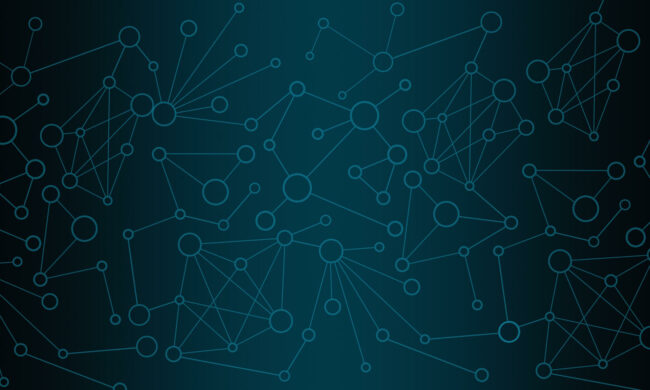Most people know what to look for when searching for a telephone or network provider. We tend to have a clear idea about phone options and features and internet speed we need to support our needs.
However, when it comes to fax transmission, many are confused. Namely, you might be wondering if your fax machine is analog or digital, and which type of the network you need to support it.
So today, we’ll cover everything you need to know about analog and digital fax transmission.
Analog vs Digital Technology
When it comes to transmitting messages over phones and fax machines, there are two different technologies that can support the message flow. There’s analog and digital. And both work in their own unique way.
A Look at Analog Fax Transmission
Analog technology is the older of the two and has been around for decades. Furthermore, it is still dominant, as it secures good quality fax transmission.
How does it work? Analog takes the message and translates it into a series of electronic pulses. These pulses travel through the network and reach the device on the other end, which translates them back to the original message.
A Look at Digital Fax Transmission
On the other hand, digital technology breaks the original message into binary code. Essentially, this is a collection of zeros and ones that carry the message. This code is sent through the network to its destination.
To be able to transmit digitally, there needs to be a receiving device that is capable of reading and reassembling this code.
A benefit of digital fax transmission is the speed in which it can be sent and received.
Faxing Over Phone Lines
The traditional fax machine scans the documents and converts them into signals which are sent to another fax machine through a phone line.
However, the question is: is this line analog or digital?
You may not be aware of this, but the phone line is actually a combination of analog and digital technology. Namely, a standard phone line, also known as the “Plain Old Telephone Service” (POTS) sends the signal from your fax machine using analog technology.
This is represented by two copper wires attached to it through the jack. The signal then reaches the “Central Office” (CO), where it is converted to digital message and forwarded through the “Public Switched Telephone Network” (PSTN) to the CO nearest to the recipient.
There, it is converted into an analog signal once again, which another fax machine recognizes, reads and shows as the original message.
Alternatives to Phone Lines
As technology has developed, more modern options for sending out messages through a fax machine have become available.
For example, with “Voice Over IP” (VoIP), you are able to connect to PSTN through a standard Internet connection. This eliminates the need for a traditional phone line. The underlying technology is still the same, but there is no need for a CO.
On the other hand, “Fax Over IP” is becoming increasingly popular over the past few years as well. Namely, it is similar to VoIP technology, only it is a separate network designed specifically for carrying fax modem traffic.
Moreover, you are even able to choose a dedicated fax server or an online fax service to utilize the benefits of the digital technology and eliminate the need for a traditional fax machine device altogether.
How the Device Impacts the Transmission Method
When fax machines were introduced, they were all analog devices. They transmitted the scanned lines as a continuous analog signal through the phone line.
However, in the 1960’s, the digital technology took over and the need for analog fax machines began to dissipate. Virtually all of today’s fax machines are digital, which means the signal from scanners is digitized and then compressed.
Furthermore, you are able to send large sets of data, even though you are still using a standard phone line.
Conclusion
Fax machines these days are exclusively digital, which means they scan the data, compress it and send it out through the network. However, they work both on analog and digital networks. There are so many fax options these days to consider. The extent to which they are digital and analog really depends on which option you choose.


